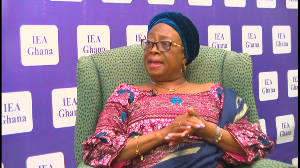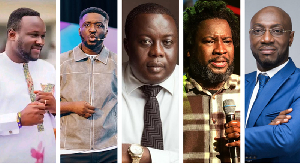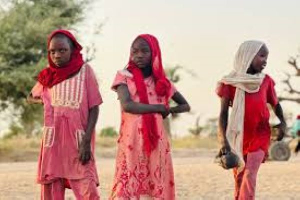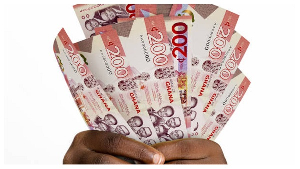Vice President Dr Mahamudu Bawumia has assured residents of the North-East Region that the development promised by President Nana Addo Dankwa Akufo-Addo is not a mirage.
He disclosed that the little that has been witnessed since January 7, 2017, is just a curtain-raiser and that the major one is on its way calling on them to keep hope with the New Patriotic Party (NPP) administration that sees development as its key objective.
Addressing participants at the maiden Regional Damba Festival in Nalerigu, the Regional Capital on Saturday, Dr Bawumia called for concerted efforts from all stakeholders in the region which is coincidentally his home region to foster the needed development.
The second gentleman of the country observed that development is a shared responsibility reiterating the government’s commitment to championed projects aimed at opening up the newly created region to provide jobs for the teeming youth.
“Development is coming”, he said stressing “let us work together to bring development”
He enumerated a number of projects being embarked on by the current administration in the region indicating this was just a tip of the iceberg promising more as the year inches to a close and next year including roads, school buildings among others.
Damba Festival
The Damba festival is an ancient celebration of the Dagamba of Northern Ghana and brought along from Zamfara in the North of Nigeria into Dagbon in the first quarter of the 18th Century during the reign of Naa Zangina.
Festivities take place on the 11th, 17th and 18th days of the Damba month (moon) ie the third month of the Dagbamba calendar (lunan in calendar). Damba is the most important or widely celebrated festival of the Dagombas/Dagbamba, which has spread to other stratified northern societies such as Mamprusis, Nanumbas and Gonjas – and also to the Walas in the Upper West region, which is called “Dumba”.
The origin of Damba as a festival and dance form is not certain. To some, it was instituted in commemoration of the birth and naming of Prophet Mohammed (PBUH). However, to most people, this claim is contrary to many known facts about the festival and the Dagbamba people.
The name of the month Damba is according to the Dagbamba calendar and not the Islamic calendar – it means it’s over 500 years since the beginning of Dagban Kingdom. Also the name Damba is given to a very popular dance for the Dagomba/Dagbamba royalty that almost certainly predates the introduction of Islam into the Kingdom. Again, both the festival and dance are essentially ritual in character.
The only seemingly religious parts of the festival relate to the slaughtering of animals on the 11th and 17th days of the month, which are said to be the dates of the birth and naming of the Prophet (Issah Red). One can, therefore, say that it is a blend of Dagbon and Islamic elements – a duality of cultures.
The festival is the occasion for most people to purchase new clothes and gifts, as everyone wants to be dressed as beautifully as he or she can be. (Alhaji Musah Adam). The males dress in colourful, hand-woven smocks that are designed for dancing while women wear traditional handwoven cloth wrapped around their waists and expensive jewellery.
It is also the occasion for feasting, exchanging gifts, shooting of muskets and display of warrior dance and war exploits or mimicry of war motifs. It also serves as training grounds for the youth and eventual display of bravery and splendour (Madam Fuseini Wumbei).
There is a display of horsemanship skills while people celebrate chieftaincy. Indeed, Chiefs show themselves to the people in beautiful regalia through solemn processions. People troop into the festival grounds or palaces to shower praises, show respect, dance, entertain, show sympathies, love, accord respect and to show off their finery while listening to oral history as praise singers sing to the paramount chiefs or king and subjects.
General News of Monday, 11 November 2019
Source: mynewsgh.com

















